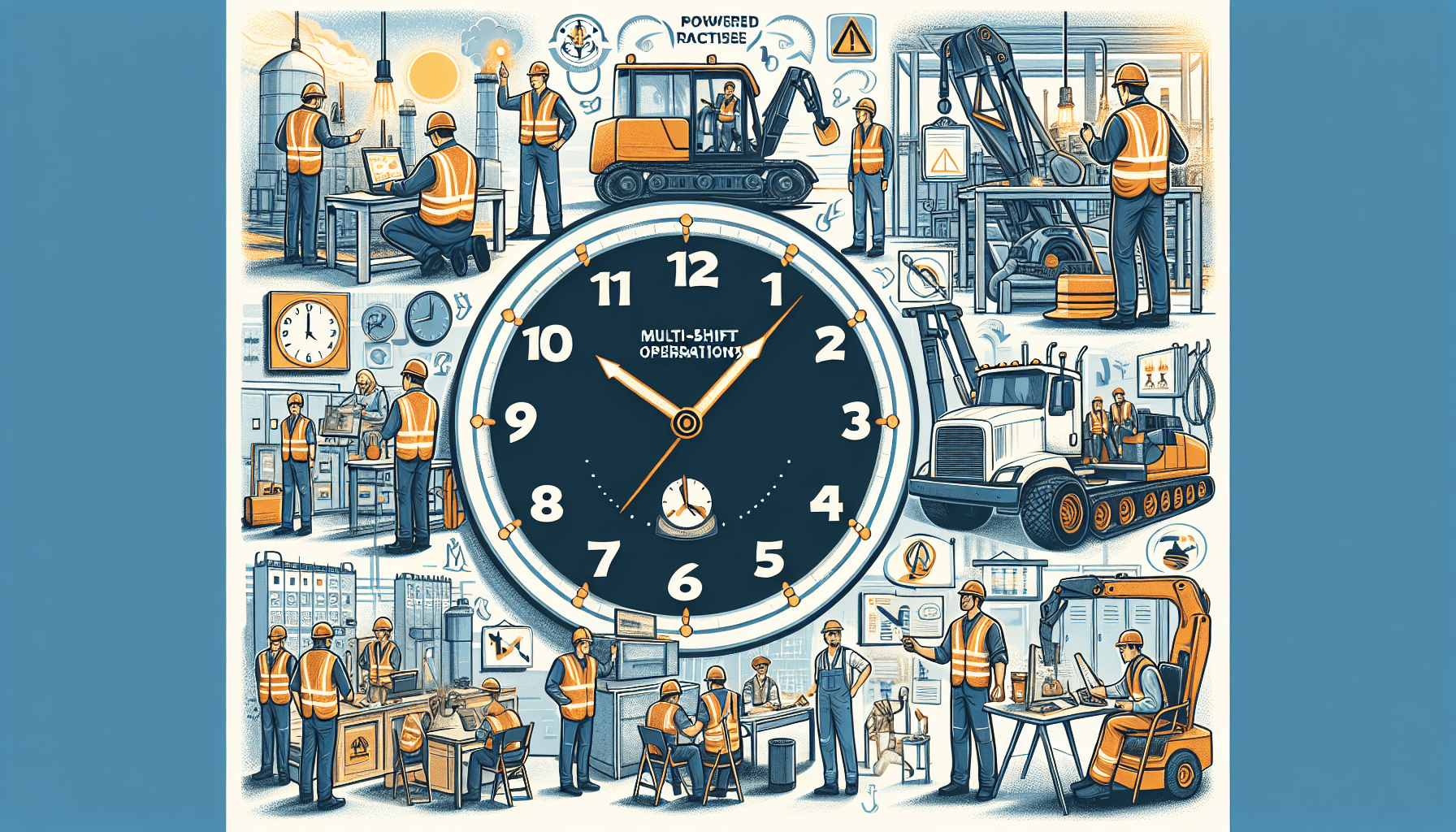When it comes to warehouse operations, safety should always be a top priority. In multi-shift operations, where different teams work at different times, it becomes even more crucial to address safety considerations. Proper planning, training, and implementation of safety measures are essential to ensure the well-being of employees, minimize the risk of accidents, and maintain a productive working environment.
1. Conduct a Comprehensive Warehouse Safety Evaluation
Before addressing specific safety concerns in multi-shift operations, it’s important to conduct a comprehensive warehouse safety evaluation. This evaluation will help identify potential hazards, assess the effectiveness of existing safety measures, and determine areas that require improvement.
Consider partnering with a professional warehouse optimization provider, such as HCO Innovations, to conduct the evaluation. They have the expertise and experience to identify potential safety risks and provide recommendations to enhance safety protocols. You can learn more about their warehouse safety evaluation services here.
2. Implement Proper Training Programs
Properly trained employees are crucial to maintaining a safe working environment in multi-shift operations. Implement comprehensive training programs that cover safety protocols, equipment usage, emergency procedures, and best practices. Training should be tailored to each shift to address specific operational requirements.
Utilize different training methods, including hands-on training, virtual simulations, and regular refresher courses. Emphasize the importance of safety and encourage employees to report any potential safety hazards or concerns.
3. Establish Open Communication Channels
Cultivating a culture of open communication is essential for addressing safety concerns effectively. Encourage employees to report any safety incidents or near misses promptly and without fear of reprisal. Implementing an anonymous reporting system can further encourage honest and timely reporting.
Regularly review reported incidents and near misses to identify patterns or recurring safety issues. Address these concerns promptly and take proactive measures to prevent similar incidents from occurring in the future.
4. Ensure Adequate Staffing and Break Schedules
In multi-shift operations, it’s crucial to maintain an adequate staffing level to ensure proper coverage and prevent fatigue-related safety risks. Properly staff each shift based on workload and operational requirements. Additionally, establish break schedules that allow employees to rest and recharge, reducing the chances of fatigue-related accidents.
Collaborate with shift supervisors to create an efficient staffing and break schedule that balances operational needs with employee well-being. Regularly review and adjust schedules based on feedback and operational data.
5. Regularly Inspect Equipment and Infrastructure
Regular maintenance and inspection of equipment, machinery, and infrastructure is crucial to ensuring their safe operation. Implement a robust preventive maintenance program that includes routine inspections, repairs, and replacements as needed.
Train employees to identify and report any equipment malfunctions or safety concerns immediately. Promptly address reported issues to prevent accidents or disruptions to operations.
6. Implement Clear Signage and Visual Cues
Clear and visible signage is essential in guiding employees, especially in multi-shift operations where different teams may use the same space at different times. Install signage to indicate safety protocols, emergency exits, and potential hazards.
In addition to signage, consider using visual cues such as colored floor markings or designated walkways to indicate safe paths of travel. These visual cues can help prevent accidents and promote safe movement within the warehouse.
7. Regularly Review and Improve Safety Protocols
Safety protocols should be regularly reviewed, evaluated, and improved based on feedback, incident reports, and industry best practices. Involve employees in the review process to gather insights and suggestions for improvement.
Stay up-to-date with industry advancements and regulations related to warehouse safety. Implement new technologies or practices that can enhance safety and efficiency within your operations.
By implementing these measures, you can improve the safety of your warehouse operations in multi-shift environments. Remember, safety is an ongoing process, and continuous evaluation and improvement are vital to maintaining a safe and productive working environment.

